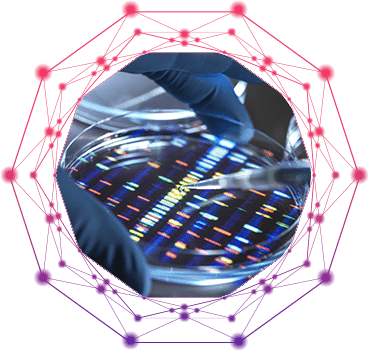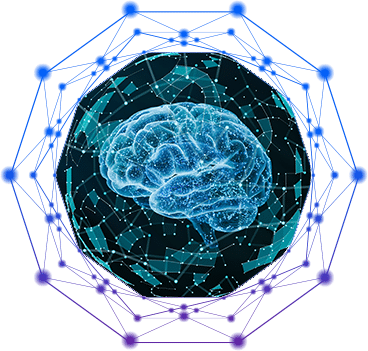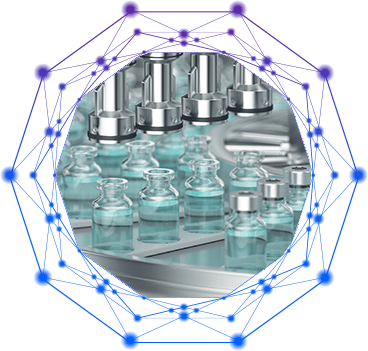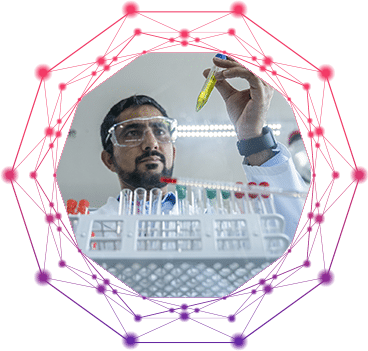
ANALYTICS IN HEALTHCARE & LIFE SCIENCES
Analyze time series data across a wide range of use cases including clinical trials, drug discovery programs, medical equipment manufacturing and digital patient records in a heartbeat.
Data increasingly drives healthcare and life sciences decision-making, for patient safety, treatment development, and operational success. Achieving those goals depends on meeting the arduous speed, volume and AI modelling challenges that large data volumes can bring. The use of time series data analytics is rapidly growing in the health and life sciences industry. With the advent of electronic health records, wearable devices, and other digital health technologies, vast amounts of data sets are being generated and collected on patients, diseases, and treatments. It is those organizations who can harness this value at speed who will accelerate clinical decision making and achieve better outcomes.
WHY KX AND kdb FOR HEALTHCARE AND LIFE SCIENCES?
Aggregate data streams, signals, databases, tables, and encode genetic information, images and text at speed.
Implement machine learning, neuroscience, epidemiology, bioinformatics, and computational biology models.
Optimize pharmaceutical production and facilitate predictive maintenance and anomaly detection.
Simulate and accelerate drug discovery, trial and delivery processes.
Power notebooks and dashboards, including Power BI and Tableau for faster more compliant decision making.
BENEFITS
Read and analyze more records at scale
Integrate and enhance various data sources, such as medical sensors, patient databases, simulated pathways, and neuroscience data, to identify critical causal relationships that can lead to life-saving discoveries and improved patient care.
Improve healthcare insights at the point-of-need
Filter and analyze your data deluge to get the important life-saving alerts and information where and when you need them, whether to the patient, the medical practitioner, service provider or other.
Accelerate faster product life-cycles
Simulate more patient situations, identify candidates faster, and recognize and remove false positives, all at the speed of relevance to accelerate time-to-market of treatment programs and clinical trials.
Read and analyze more records at scale
Integrate and enhance various data sources, such as medical sensors, patient databases, simulated pathways, and neuroscience data, to identify critical causal relationships that can lead to life-saving discoveries and improved patient care.
Improve healthcare insights at the point-of-need
Filter and analyze your data deluge to get the important life-saving alerts and information where and when you need them, whether to the patient, the medical practitioner, service provider or other.
Accelerate faster product life-cycles
Simulate more patient situations, identify candidates faster, and recognize and remove false positives, all at the speed of relevance to accelerate time-to-market of treatment programs and clinical trials.
01
Ingests & manages data from multiple sources at speed and scale.
02
Facilitates AI simulation and modeling, testing hypotheses, building predictions.
03
Joins historical temporal information with real-time data streams.
04
Get insights to operators, data scientists and medical practitioners faster.
05
Reduces IT infrastructure costs with 100X more efficient data queries.
HOW KX ADDRESSES LIFE SCIENCES
HOW KX ADDRESSES LIFE SCIENCES
01
Ingests & manages data from multiple sources at speed and scale.
02
Facilitates AI simulation and modeling, testing hypotheses, building predictions.
03
Joins historical temporal information with real-time data streams.
04
Get insights to operators, data scientists and medical practitioners faster.
05
Reduces IT infrastructure costs with 100X more efficient data queries.
Our KX partnership advances our ability to deliver data-driven insights and AI-enabled solutions, helping biopharma customers solve their most complex clinical development and commercialization challenges.
Baba Shetty, President, Technology and Data Solutions, Syneos Health
KX AND kdb IS AT THE CENTER OF SOLUTIONS FOR HEALTH AND LIFE SCIENCES
FASTER RESEARCH & DEVELOPMENT


Healthcare and pharmaceutical research, like any other industry, is driven by the power of vector, table and matrix processing. This underpins key research work around statistical, computational biology, process modeling and simulation.
In particular, machine and deep learning, both training and trained, and key data-oriented factor analysis, like feature extraction and model calibration. Learn how Syneos Health built a data timehouse to accelerate AI innovation with time-series queries running 100X faster at 1/10th of the cost of a traditional data warehouse or lake, and accelerate workflows with its 100k concurrent run, billion virtual patient AI simulator.
Use Python and low code approaches to accelerate research, incorporate production-grade test data-sets and, when ready, export into production infrastructures seamlessly, to enhance your research strategies in the lab, at the hospital and in the research center.

PROVIDE OPERATIONAL INSIGHTS FOR CLINICAL TRIALS


Construct relevant databases from multiple streams – operational data, trial observations, simulated data and machine and sensor data.
With KX, data engineers can use multi modal capabilities to group relevant information with diverse data structures together, bringing together pharmaceutical claims, patient diagnoses, and daily enrolment data in a kdb database indexed by time. This allows relevant data to be quickly identified for deeper trend and cohort analysis to improve clinical trial selection all at the speed of thought.

MEDICAL EQUIPMENT MANUFACTURING


Reduce downtime, improve fault detection, and improve visibility of operational equipment efficiency –
Use KX to assess operator performance by assessing key indicators, developing alerts, and enforcing remedial actions where needed. Share productivity and performance data throughout the business – 60% faster than before deployment in the case of one medical equipment manufacturer. Deploy real-time insights to help management with faster oversight, and an ability to drill down into particular issues quickly, future forecasting and strategic digitization initiatives.
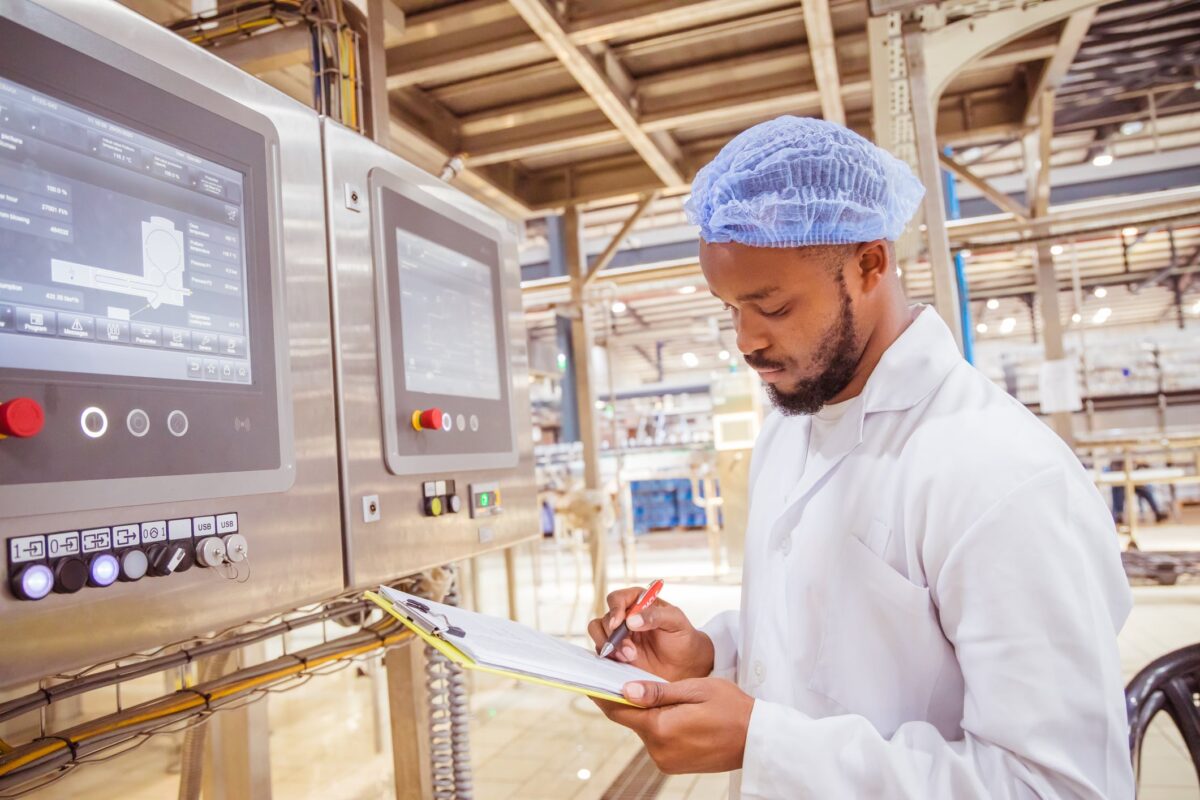
RAPID FAULT DETECTION


Edge connectivity accelerates insights from millions of sensors across machines and production lines, providing visibility of component variances under different operating conditions and get to root failure issues more quickly and definitively.
Systems can be stress-tested before failure causes an expensive stoppage, empowering change from reactive repair to proactive maintenance. With faults identified down to individual sensors, task workers can prioritize their response resource appropriately to better manage medical device production lines.
Our previous means was fine for running a few channels of data, but with the explosion of data we now collect from sensors across every system, the math was a minute-and-a-half behind. That’s too late to intervene and prevent failure. Now we take advantage of end-to-end monitoring in real-time, on KX, to improve performance and reliability.

BIOMEDICAL ENGINEERING & SIGNAL PROCESSING


Biomedical signal processing involves acquiring, pre-processing and modeling physiological signals to identify patterns and signals.
Sources can include neural activity, cardiac rhythm, muscle movement, and other physiological activities, for example via an electrocardiogram (ECG), an electroencephalogram (EEG), and electromyography (EMG) used for diagnosis and as indicators of overall health.
KX facilitates a workflow including signal acquisition, visualization and annotation, with pre-processing and feature extraction driving into classification and predictive models and/or used directly for diagnosis.
In either case, there is easy interoperability with production Python code or research-oriented Jupyter Notebooks for training and calibrating predictive models that, once trained, validated, and exported as inferred models, can perform live diagnosis in real-time.
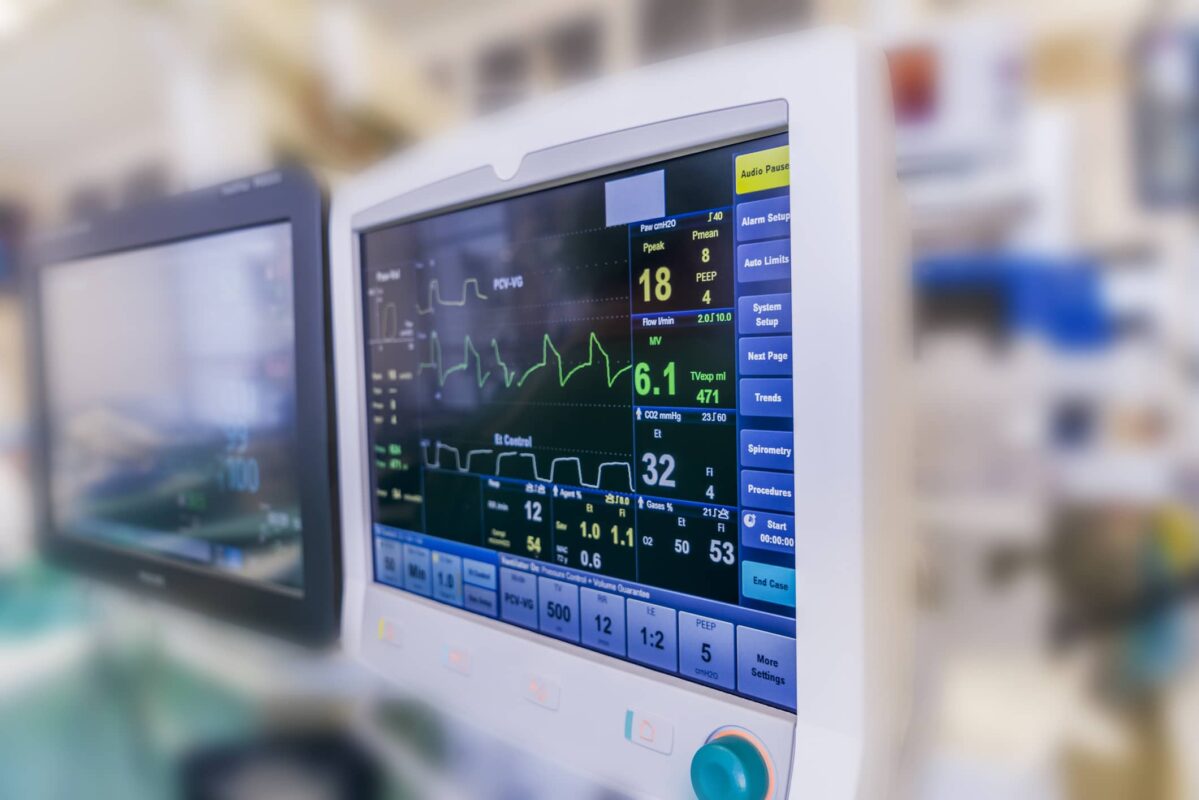
ADVANCED SUSTAINABILITY


Monitoring, and proactive prevention of environmental and epidemiological breaches within processes can significantly reduce regulatory penalties and reputational damage.
Being able to leverage real-time insight for better use of resources, extending the effective equipment lifespan, detecting breaches, reducing waste, and reducing re-work all combine to represent a measurable and credible sustainability initiative. In addition, use 10X to 100X more efficient kdb infrastructure when compared to traditional warehouse, lake and lakehouse infrastructures for common analytics queries.
In our testing, KX presents – immediately – which components are more prone to deviation affecting performance and reliability. This used to require significant time and effort to spot. We now get to the issue right away.

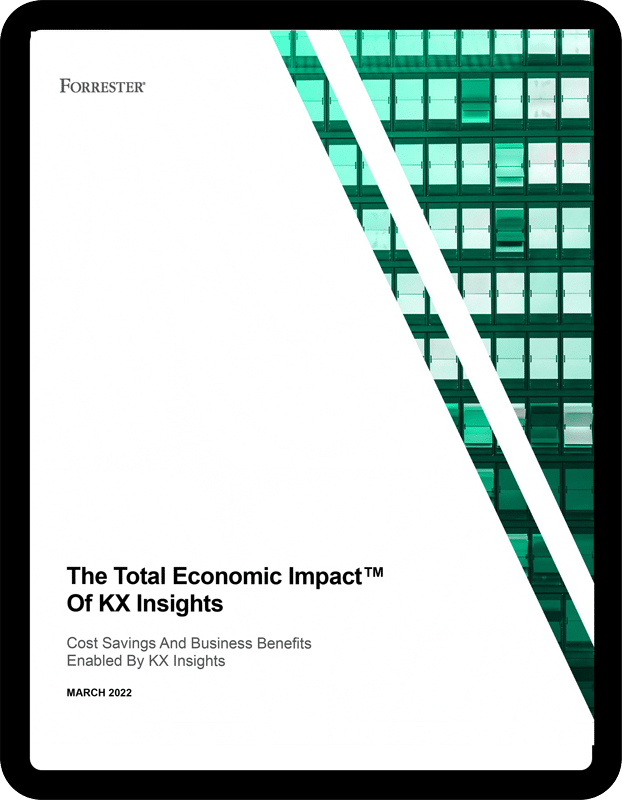
FORRESTER STUDY
Total Economic Impact™ of kdb Insights Enterprise
Forrester’s Total Economic Impact™ study examines the return on investment high-complexity manufacturing organizations can realize by deploying kdb Insights Enterprise. Download the study to learn more and discover how.
